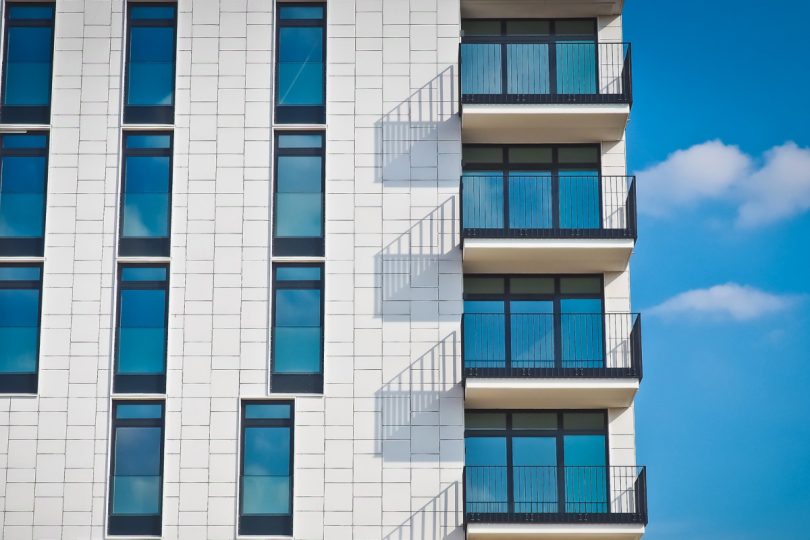The Federal Reserve raised the target range for the fed funds rate by 75bps to 2.25%-2.5% during its July meeting. This means that the interest rates that banks charge each other for borrowing money overnight will go up by .75%.
This is the fourth consecutive rate hike, and it pushes borrowing costs to the highest level since 2019.
The ripple effect of this rate hike will be felt throughout the economy with effects on mortgage rates and home prices.
By conventional wisdom, mortgage rates should be rising, but concerns around a possible recession have caused rates to stay the same, for now. But have no doubts, they will increase as we approach 2023 and beyond.
What Is The Fed Trying To Achieve?
The Fed is trying to find a balance between wanting a stable economy and having Congress tell it to keep employment levels high. Part of this goal is to keep inflation low and stable within the United States, especially when it comes to core inflation (prices that don’t include food and energy).
The Fed also doesn’t want the changes in interest rates to hurt housing markets or other asset prices, which could damage financial institutions making this a tricky tightrope to navigate.
So, while there shouldn’t be any sweeping effects on home prices, mortgage rates should rise across the board into 2023- especially since they’re already beginning to climb right now.
What’s A ‘Soft Landing’- And Is It Likely?
A soft landing for rate hikes is when the Fed raises rates gradually so that the economy can adjust without too much disruption. This can help to avoid a recession or other economic problems.
Soft landing is a term that’s used to describe how the Fed plans on easing into these interest rate hikes. By gradually raising rates, it allows the economy time to adjust without too much disruption. This can help to avoid any economic problems such as a recession.
The Fed also doesn’t want interest rates to go up or down too much, because it could hurt housing markets or other asset prices, which could damage financial institutions. So the Fed has to be careful not to make interest rates go up or down too much.
How The Fed Rate Hike Affects Home Buyers in 2022
The Federal Reserve raised its interest rates during its July 2022 meeting which is the fourth consecutive rate hike in 2022. This pushes borrowing costs to the highest level since 2019, matching market forecasts.
The central bank said that it will continue to increase the target range as appropriate and that it’s prepared to adjust their stance on the monetary policy if they see risks emerge that could prevent the Committee’s goals.
During the regular press conference, Chair Powell said he could not predict what the interest rates will be next year, and that future decisions will be based on new data and analyzing the information as time goes by. Powell also said the central bank will be looking for a moderately restrictive level by the end of the year, meaning a 3% to 3.5% level for the fed funds rate.
How The Fed Rate Hike Affects Home Sellers in 2022
The Fed’s decision to raise interest rates has the potential to be a mixed bag for home sellers.
The Fed rate hike affects home sellers in a few ways. House prices have been hot since the beginning of the pandemic and haven’t shown any signs of cooling down yet. This will change as the feds keep raising interest rates over the next 2 years. This has led to fewer buyers being able to afford your home, which could in turn lead to your home taking longer to sell.
Additionally, the rate hike might lead to inflation, which would make it more expensive for potential buyers to borrow for a mortgage. To offset this, buyers may save longer for a larger down payment, taking them out of the market for now.
How The Fed Rate Hike Could Affect Your Refinancing Plans in 2022
Although the Fed’s rate hike isn’t expected to have a significant effect on home prices, the impact on mortgage rates is likely to be much greater. If you already own a home and want to refinance, you will likely see a higher interest rate in the coming years. This could lead to higher monthly payments as well as more costly refinancing as lenders may offer less favorable terms to avoid taking on additional risk.
Mortgage Rates and the Housing Market: Looking Forward
Even after the Fed’s most recent rate hike, rates are still lower than they were in 2018. This could be a great time to refinance, as it is anticipated that rates will increase further in the next few years.
Mortgage rates are a big factor for consumers who are looking to refinance their existing mortgage. When interest rates rise, the cost of borrowing money also goes up.
The rise in interest rates will make it harder for people to finance houses because they would cost more money. This could make it difficult for average Americans to become homeowners.
Other possible effects include a lack of liquidity and an increase in mortgage defaults (due to an inability to meet loan payments).
But, if you’re able to take advantage of any low-interest programs being offered by lenders right now, then there is some good news for refinancing.
Final Thoughts
Interest rates have had a historic high in 1981 at 16.63%!
Take a hard look at that number.
Even if interest rates were to increase to 6% by 2024, we would still be better off than we were in 1981 and people still bought houses then at 16%.
People are adaptable and will always find a way to fulfill the American dream of home ownership, so don’t let fear or media hype cause you to lose sleep over these increases from the feds.






